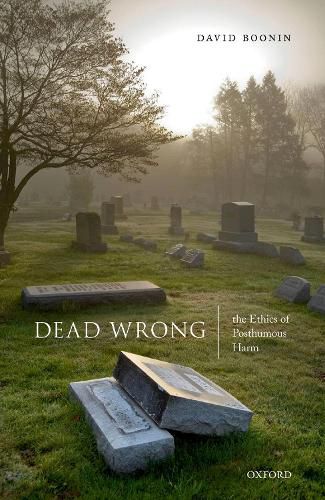Readings Newsletter
Become a Readings Member to make your shopping experience even easier.
Sign in or sign up for free!
You’re not far away from qualifying for FREE standard shipping within Australia
You’ve qualified for FREE standard shipping within Australia
The cart is loading…






It is possible for an act to wrongfully harm a person, even if the act takes place after the person is dead. David Boonin defends this view in Dead Wrong and explains the puzzle of posthumous harm. In doing so, he makes three central claims. First, that it is possible for an act to wrongfully harm a person while they are alive even if the act has no effect on that person’s conscious experiences. Second, that if this is so, then frustrating a person’s desires is one way to wrongfully harm a person. And third, that it is possible for an act to wrongfully harm a person even if the act takes place after the person is dead. Over the course of the book, Boonin introduces the significance of posthumous harm, deals with each of his three main claims in turn, responds to the objections that might be raised against the book’s thesis, and examines some of the ethical implications for issues such as posthumous organ and gamete removal, posthumous publication of private documents, damage to graves and corpses, and posthumous punishment and restitution.
$9.00 standard shipping within Australia
FREE standard shipping within Australia for orders over $100.00
Express & International shipping calculated at checkout
It is possible for an act to wrongfully harm a person, even if the act takes place after the person is dead. David Boonin defends this view in Dead Wrong and explains the puzzle of posthumous harm. In doing so, he makes three central claims. First, that it is possible for an act to wrongfully harm a person while they are alive even if the act has no effect on that person’s conscious experiences. Second, that if this is so, then frustrating a person’s desires is one way to wrongfully harm a person. And third, that it is possible for an act to wrongfully harm a person even if the act takes place after the person is dead. Over the course of the book, Boonin introduces the significance of posthumous harm, deals with each of his three main claims in turn, responds to the objections that might be raised against the book’s thesis, and examines some of the ethical implications for issues such as posthumous organ and gamete removal, posthumous publication of private documents, damage to graves and corpses, and posthumous punishment and restitution.